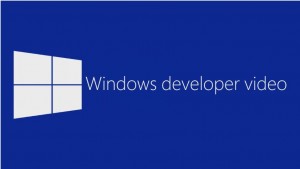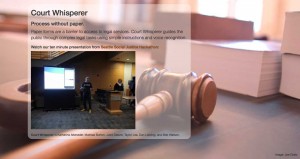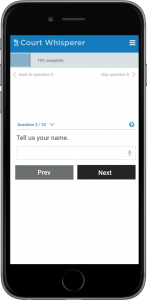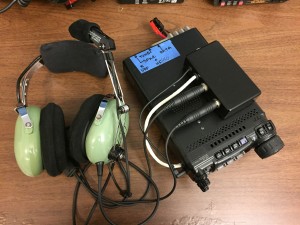 The subject of videos frequently comes up in conversations about technical communication, even in when talking about API documentation. On the one hand, they can add some zing to your technical content (and what technical content can’t use a boost in the zing department). On the other hand, they can produce a negligible, or even negative, return on the cost they took to produce.
The subject of videos frequently comes up in conversations about technical communication, even in when talking about API documentation. On the one hand, they can add some zing to your technical content (and what technical content can’t use a boost in the zing department). On the other hand, they can produce a negligible, or even negative, return on the cost they took to produce.
Video genres
To make this discussion more concrete, I consider these genres:
- How-to videos
- Can-do videos
- Meet-me videos
How-to videos
These videos describe, and usually demonstrate, a task. Ideally, they describe the end-state (goal), beginning state (you and your problem), and the steps required to take the viewer from beginning to end.
The video on how to repair eyeglasses is still my favorite example of this genre.
Depending on the nature of the task, the viewers’ goals are often reading (viewing) to do now or a reading (viewing) to do a task later.
Can-do video
Many products, software and APIs included, have more features than meet the eye, or more applications than the viewer might realize. The line between promotional and educational can-do videos is fuzzy. While technically user education, they can seem promotional because they are promoting a capability of the product. The difference is in the tone and the call-to-action.
Until I produced a video about a Microsoft API, I didn’t think it was possible to make a compelling video about an API, especially one with no user interface. It turns out that it is possible. It just takes imagination (and a lot of effort).
The viewers’ goals for these videos is, invariably, reading (viewing) to do a task later, if only because they didn’t know they could do it before or during the video.
Meet-me videos
These are the videos in which a member of the product or development team provides a behind-the-scenes look of the product, its development, or its manufacture. When they provide information about the internal architecture and implementation that can be applied by the viewer, they can be interesting and educational.
There are many bad examples of this genre, which makes the stand out ones really stand out. The TED talk by Tony Fadell, is a great, meet-me video because in it, we learn more about him in a way that is very accessible (as in, you could do what I do, too).
The viewers’ goal for these videos is often reading (viewing) to learn, because, unlike how-to and can-do videos, it’s hard for the viewer to know, in advance, what the video will deliver in terms of knowledge or entertainment.
Which one to choose?
As always, it depends. I think the Audience-product-market framework applies to videos as it does to any other type of content. If you understand what resonates with the audience and how to present that in the prevailing market, the best type of video for that situation should be clear. Understanding the readers’ goals, of course helps bring the answer into focus.





